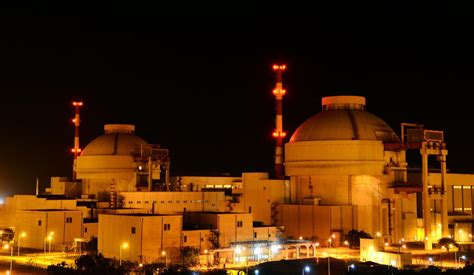Unlocking the Secrets of Cryptocurrency: Understanding the Key Metrics
The cryptocurrency market has seen a strong upswing in recent years, with prices fluctuating wildly depending on market sentiment and investor confidence. To navigate this complex environment and make informed investment decisions, it is important to understand the key metrics that determine the value and potential of cryptocurrencies.
In this article, we will delve into the following topics:
- Total Supply: Understanding the concept of total supply of cryptocurrencies
- Gas

: A breakdown of the role of gas in cryptocurrency transactions
- TVL (Total Value Locked): Calculating Total Value Locked and its implications
1. Total Supply
Total supply refers to the maximum number of coins that can be created or minted through a given process, such as mining or staking. In most cryptocurrencies, this is determined by a consensus algorithm that controls the allocation of new coins.
For example, Bitcoin’s total supply is limited to 21 million, while Ethereum’s supply is limited to 126 million (although there have been proposals to increase this limit). This limited supply creates scarcity and increases the value of each coin over time.
2. Nasty
Gas refers to the computational power required to validate transactions on a blockchain network. It is measured in units called “gas units” or “gwes.” The amount of gas required for a transaction depends on its complexity, the number of inputs (such as transactions) involved, and the consensus algorithm used by the network.
The main types of gas are:
- Gas: required to perform a single operation (e.g., create a new block)
- Gas Price (Gwei): The fee charged for each unit of gas (the higher the more expensive)
High gas costs can increase transaction times and fees. To mitigate this, some cryptocurrencies have implemented various mechanisms to reduce gas costs, such as staking or proof-of-stake algorithms.
3. TVL (Total Value Locked)
TVL refers to the total amount of cryptocurrency locked in wallets that is not actively traded or transferred off-chain. This metric is important because it indicates the level of liquidity and stability in a given ecosystem.
The TVL concept has gained significant attention in recent years, especially among institutional investors who want to diversify their portfolios with stable, on-chain assets. TVL can be broken down into two main components:
- Staked Value: Total value locked in staking wallets (e.g. Ethereum 2.0 stake)
- Unlocked Value
: Total value locked outside the network (e.g. tokens held by the treasury)
A high TVL indicates a strong, liquid ecosystem with minimal risk of losing funds or market volatility.
Conclusion
Understanding key metrics such as Total Supply, Gas, and TVL is essential for anyone looking to navigate the complex world of cryptocurrencies. By understanding these concepts, you will be better able to make informed investment decisions and stay ahead of the curve in this rapidly evolving space.
As the cryptocurrency world continues to evolve, it is likely that new metrics and indices will emerge to provide a more comprehensive picture of how the market is performing. Stay alert and always keep learning – the world of crypto is vast and fascinating!
